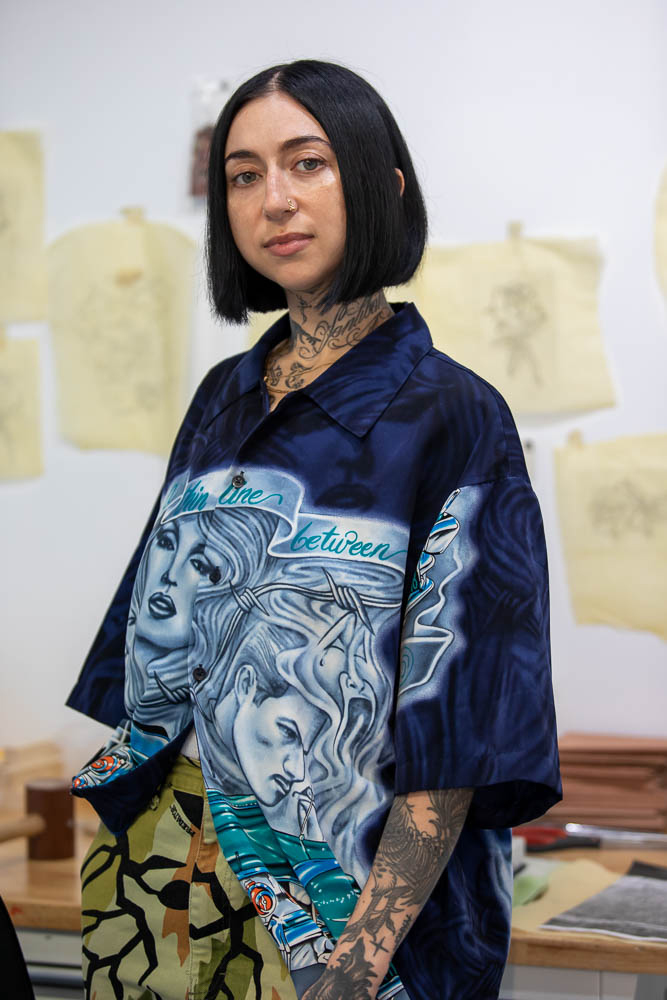Speakers and Artists

Tamara Santibañez (they/them) is an interdisciplinary artist and oral historian living and working in Brooklyn. Their work is rooted in storytelling and the visual language of identity construction, exploring subcultural semiotics and the meanings we make from bodily adornment. They approach the body as a site for archiving and accessing personal and collective narratives and view tattooing as a political intervention.

Julisa “Papi” Basilis (she/her) is a tattooer and multidisciplinary artist based in Richmond, VA. As a queer Jewish Dominican femme, her practice is centered around her connection to her identities, community healing, harm reduction, and social justice. Julisa graduated with a BA in Visual Arts from Tyler School of Art, and has lived, worked, and organized/produced art and activist events across the country and internationally. Papi created all the artwork for Latinx Heritage Month and is inspired by the histories of tattooing and body art in Latin American indigenous cultures from the past and present.

Angelo Di Canzio, a Venezuelan DJ who began his career in 2016, working in the largest radio circuit in Venezuela, being the operator of essential radio programs in his country's capital, Caracas. He moved to the United States in 2018, and with the support of Studio 1R DJs, Dj Angelo became the Resident DJ/Engineer of one of the Top Latin Clubs in the city of Richmond Virginia "Tropicabana NightClub", where he performs every weekend, besides also taking his show, charisma and talent to Important Venues and Nightclubs in the DMV area Djing behind the decks, or as a live mixing engineer at the most important Latin festivals in the city of Richmond, where he has worked with local and international artists.